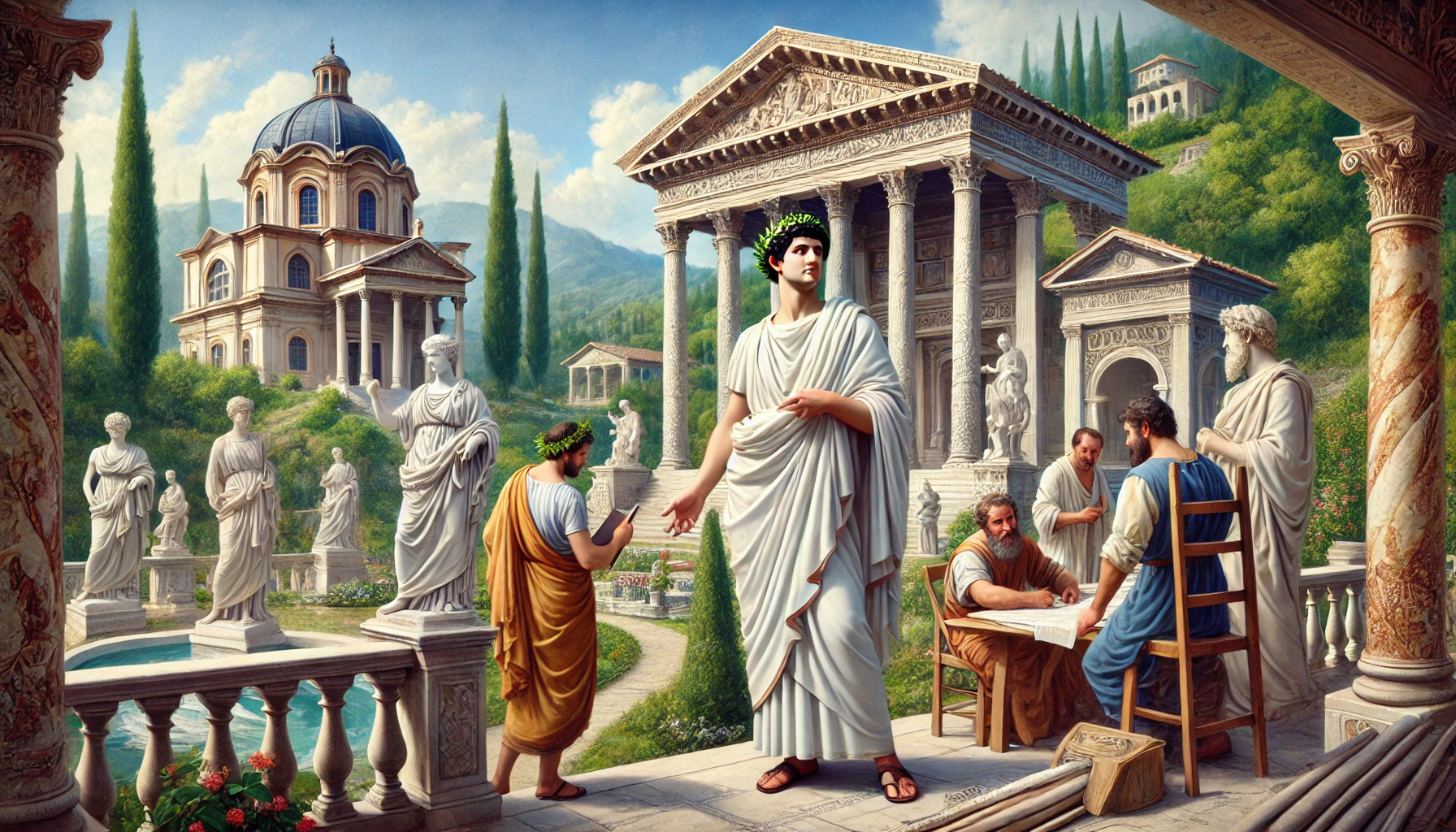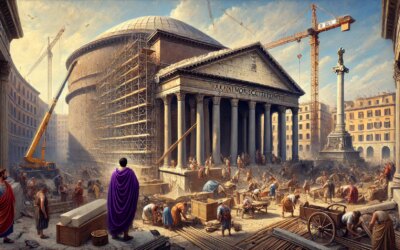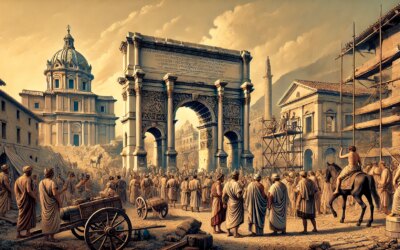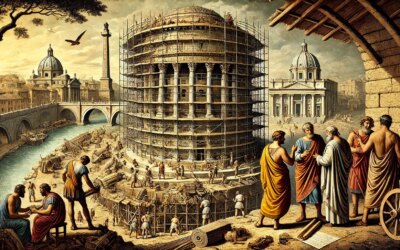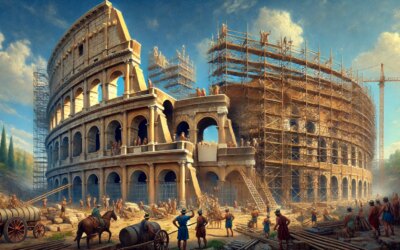Introduction: The Emperor’s Retreat
In the serene hills east of Rome, around 125 AD, Emperor Hadrian began constructing a villa unlike any seen before in the Roman world. More than a retreat, the Villa Adriana at Tivoli was a statement of imperial vision, artistic ambition, and philosophical retreat. Sprawling across at least 120 hectares, it became both a palace and a personal universe—a microcosm of the empire itself designed by the emperor who famously “traveled more than he ruled.”
Hadrian: The Architect-Emperor
Publius Aelius Hadrianus, who ruled from 117 to 138 AD, was a man of culture and contrasts. A soldier and a Stoic, an aesthete and a strategist, he blended Greek and Roman ideals into his reign. Unlike his expansionist predecessors, Hadrian focused on consolidating the empire. He traveled extensively—from Britain to Egypt—and brought back not just observations, but inspirations. The villa at Tivoli became his canvas.
The Design and Layout of Villa Adriana
Villa Adriana was not a single residence, but a complex of more than 30 structures—palaces, theaters, baths, libraries, gardens, temples, and even artificial islands. Designed to evoke the cultural wonders Hadrian had encountered during his travels, it included replicas of famous Greek buildings like the Stoa Poikile and the Canopus canal. Each section was connected by underground tunnels for servants, while the surface radiated elite opulence and intellectual sophistication.
Architecture as Imperial Language
Hadrian was deeply involved in the villa’s planning, drawing upon his knowledge of geometry and classical design. The architecture fused Hellenistic elegance with Roman engineering. Domes, colonnades, hydraulic systems, and harmonious proportions revealed the emperor’s desire to elevate his surroundings to a philosophical ideal—a place of contemplation, governance, and artistic retreat. Villa Adriana was Hadrian’s dialogue with the empire in stone and water.
Living at the Villa
Hadrian spent increasing amounts of time at Tivoli in his later years, retreating from Rome’s political intrigues. The villa hosted philosophers, artists, and foreign dignitaries. It was also a space of private memory: here, Hadrian built shrines and statues in honor of his beloved companion Antinous, whose deification he famously decreed after the youth’s untimely death. Life at the villa reflected Hadrian’s inner world—beautiful, melancholic, and deeply human.
Technological and Artistic Achievements
The villa featured some of the most advanced Roman hydraulic systems, including complex bathhouses and fountains fed by aqueducts. Its statuary and mosaics drew on Greek and Egyptian motifs, echoing Hadrian’s cosmopolitan worldview. The iconic Maritime Theatre, a circular structure with a moat and retractable bridge, served as a secluded space—perhaps for writing, planning, or simply reflecting amid silence and water.
Later Use and Rediscovery
After Hadrian’s death in 138 AD, the villa remained in imperial use for some time but eventually fell into decline. In the Renaissance, artists and architects rediscovered its ruins, inspiring figures like Palladio and Michelangelo. Excavations in the 19th and 20th centuries revealed the full scale of the complex, which UNESCO later designated a World Heritage Site. Villa Adriana became a touchstone for architectural innovation and philosophical space-making.
Conclusion: Hadrian’s Eternal Vision
Villa Adriana was more than a home—it was Hadrian’s personal utopia, shaped by his tastes, travels, and ideals. It stood as a physical embodiment of an emperor who sought not to conquer more lands, but to understand and reflect upon the world he ruled. In the flowing water, echoing domes, and whispering colonnades of Tivoli, Hadrian crafted a legacy that continues to speak—of peace, power, and a mind always reaching toward beauty.

